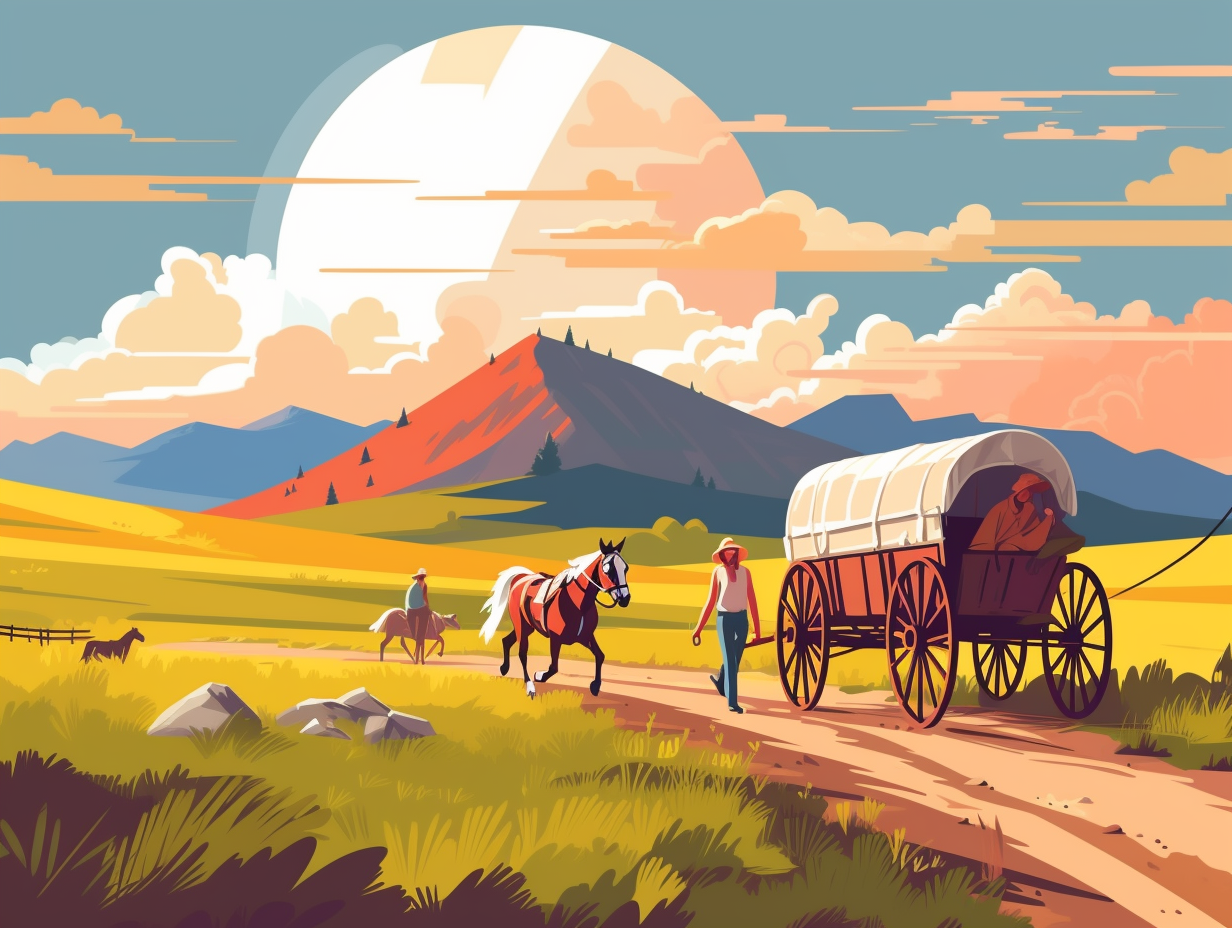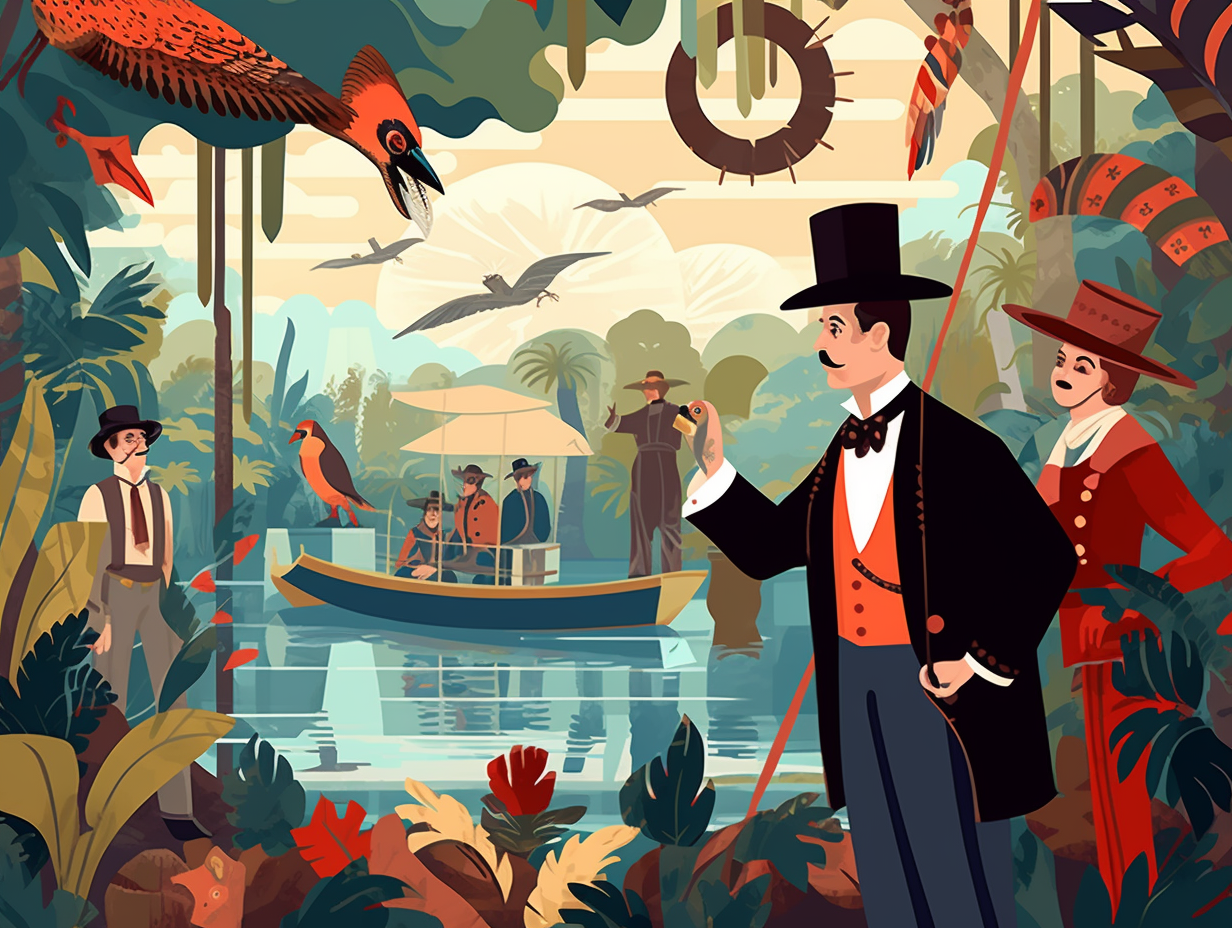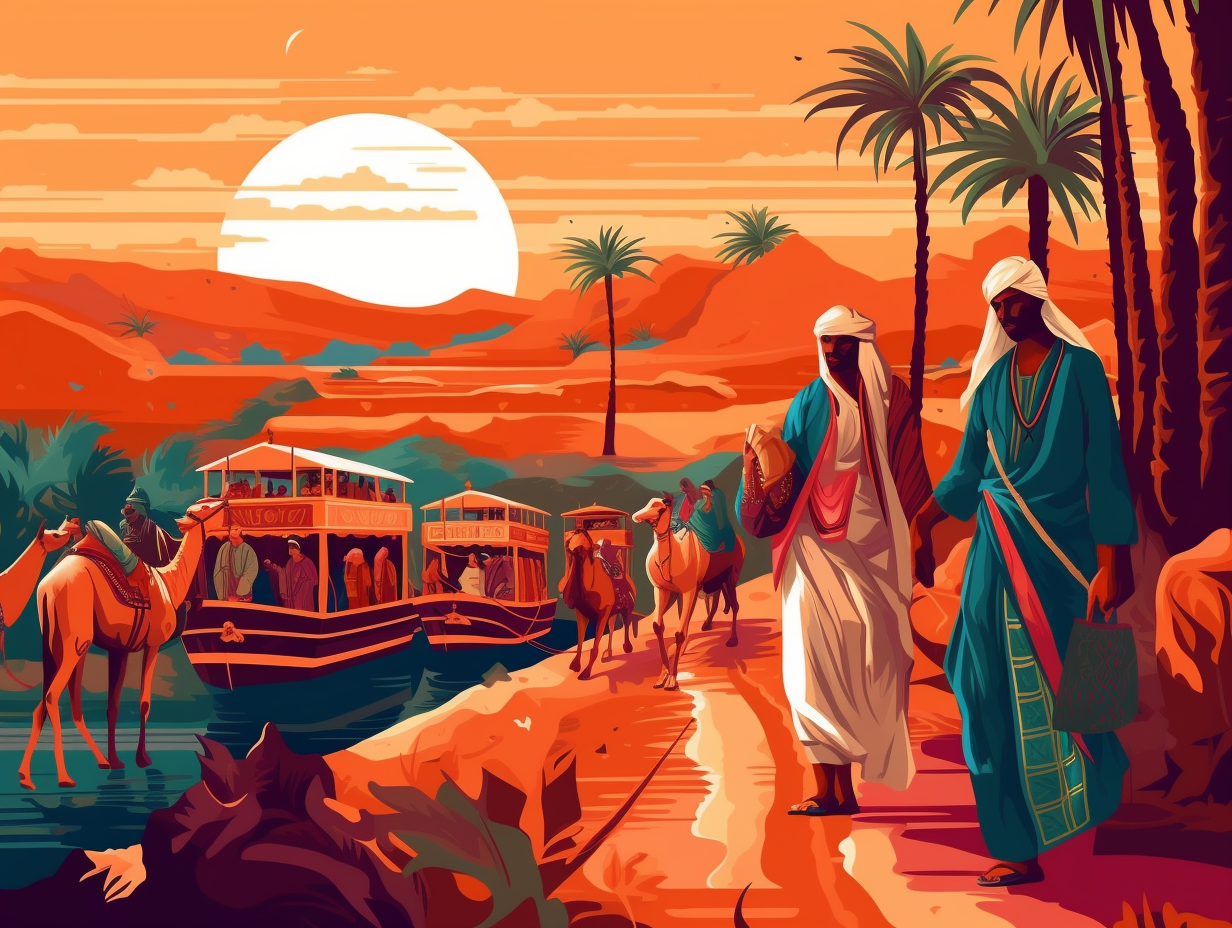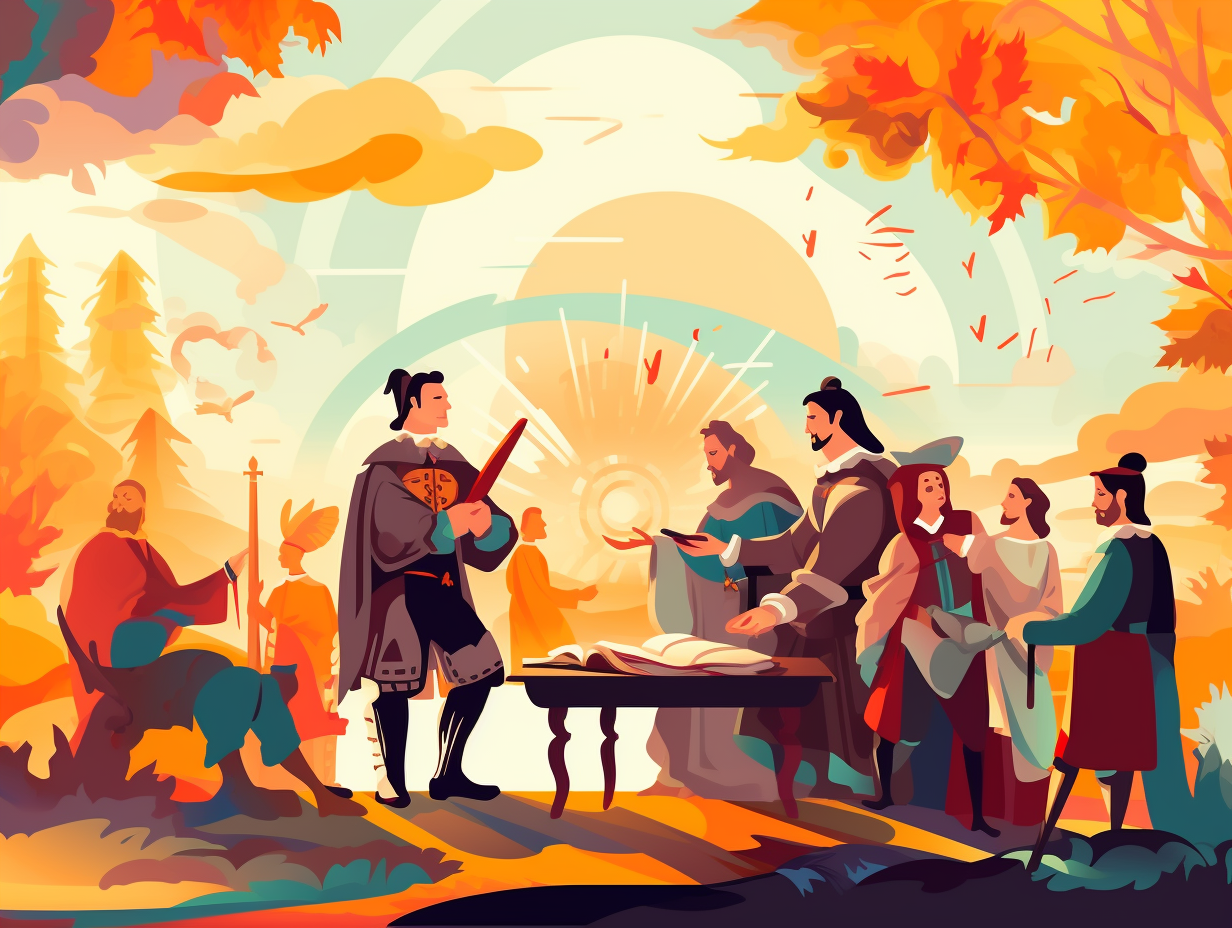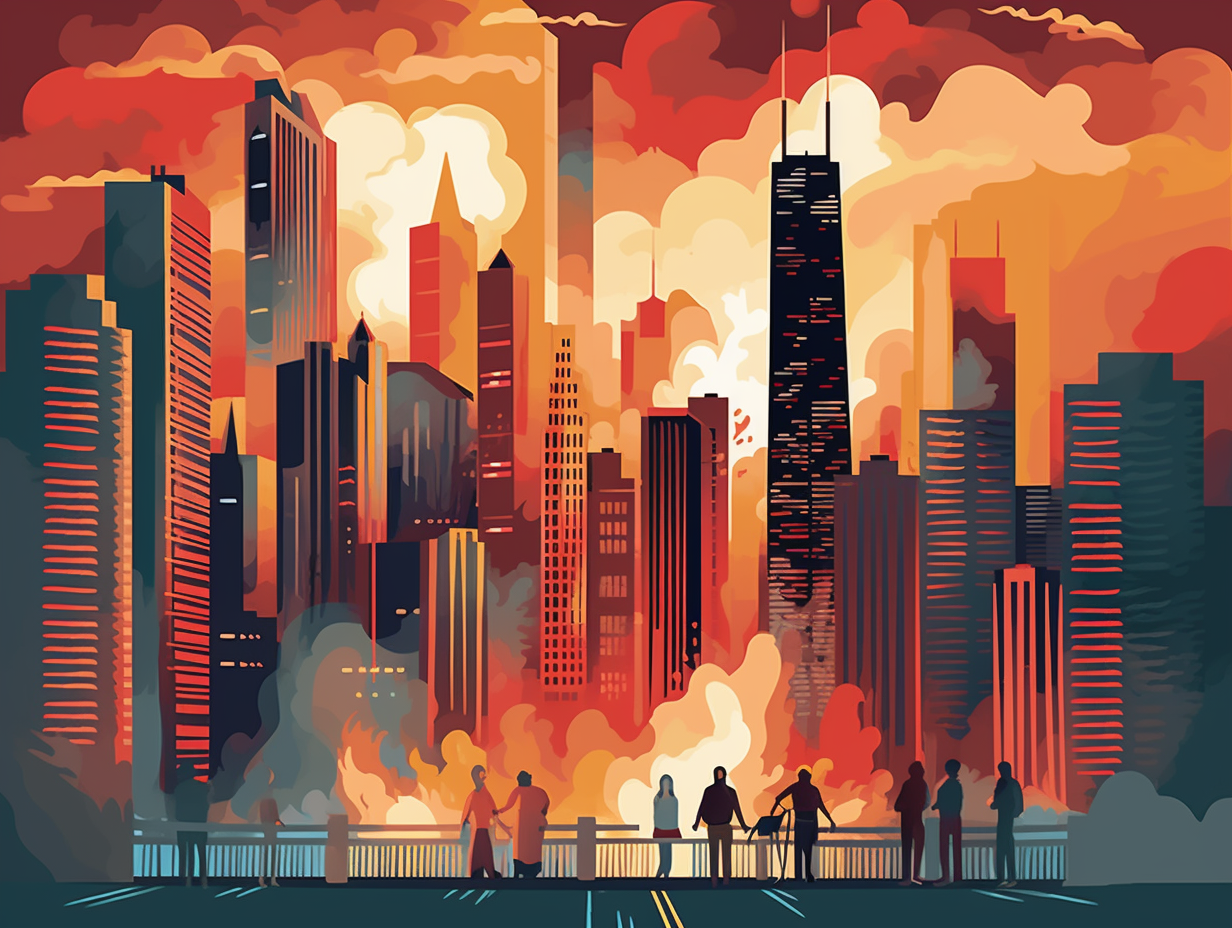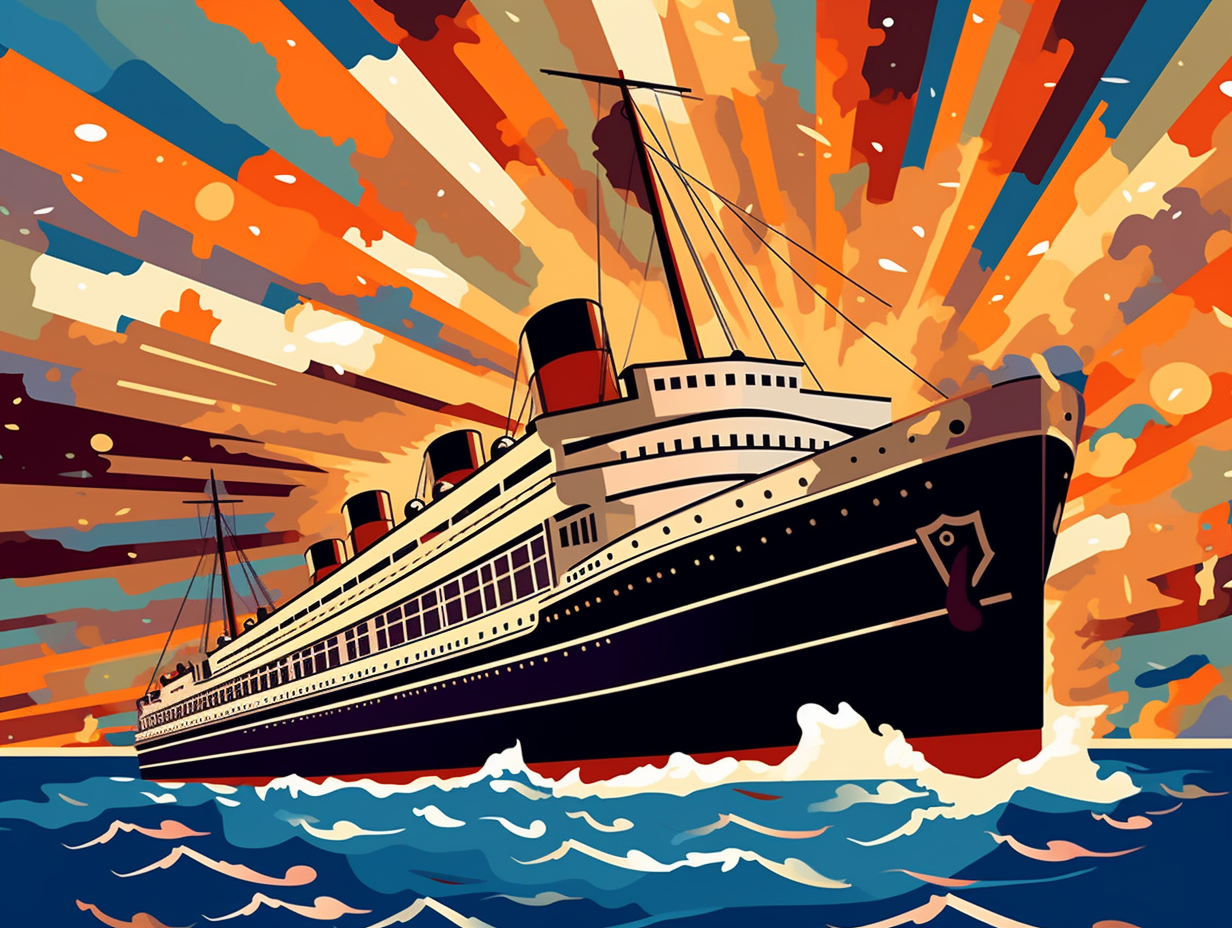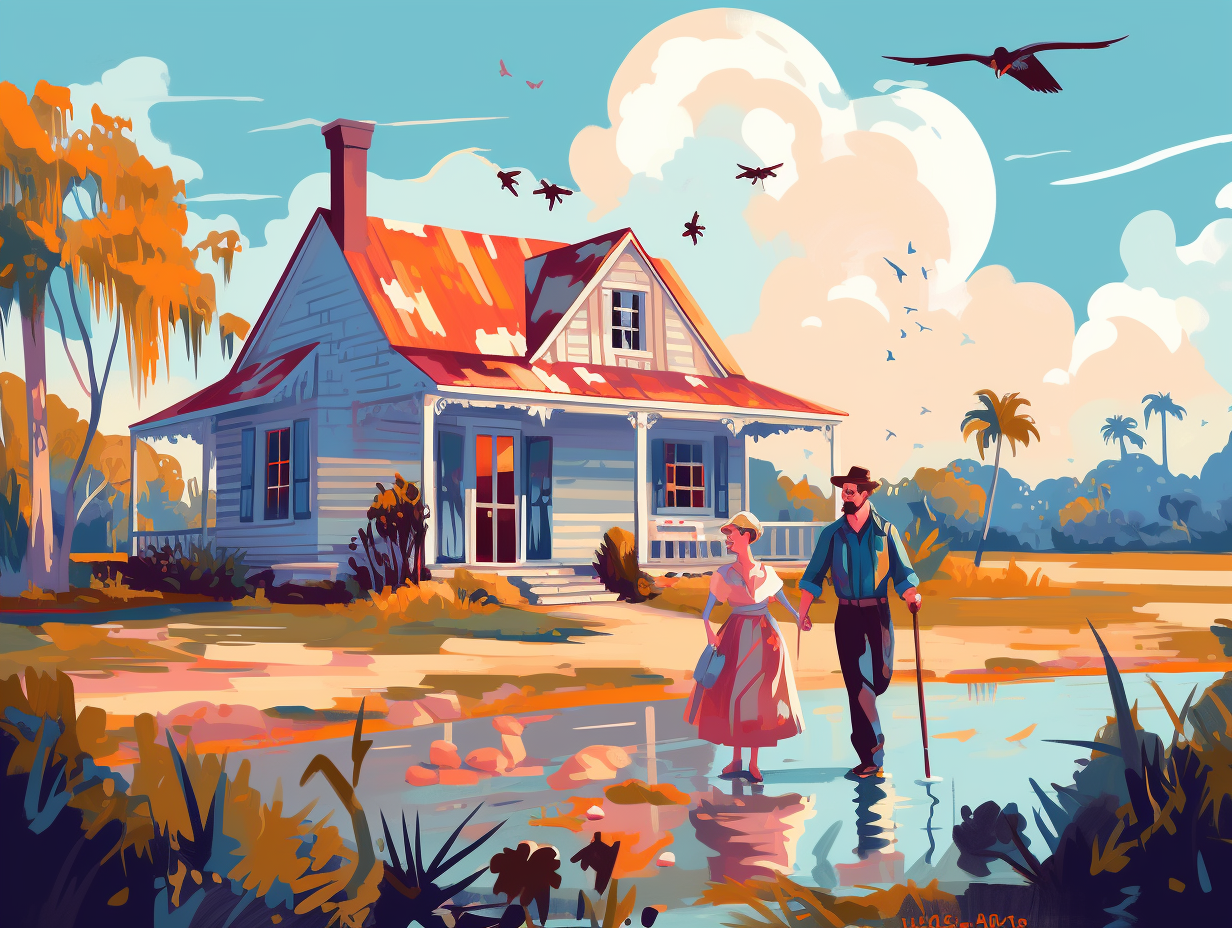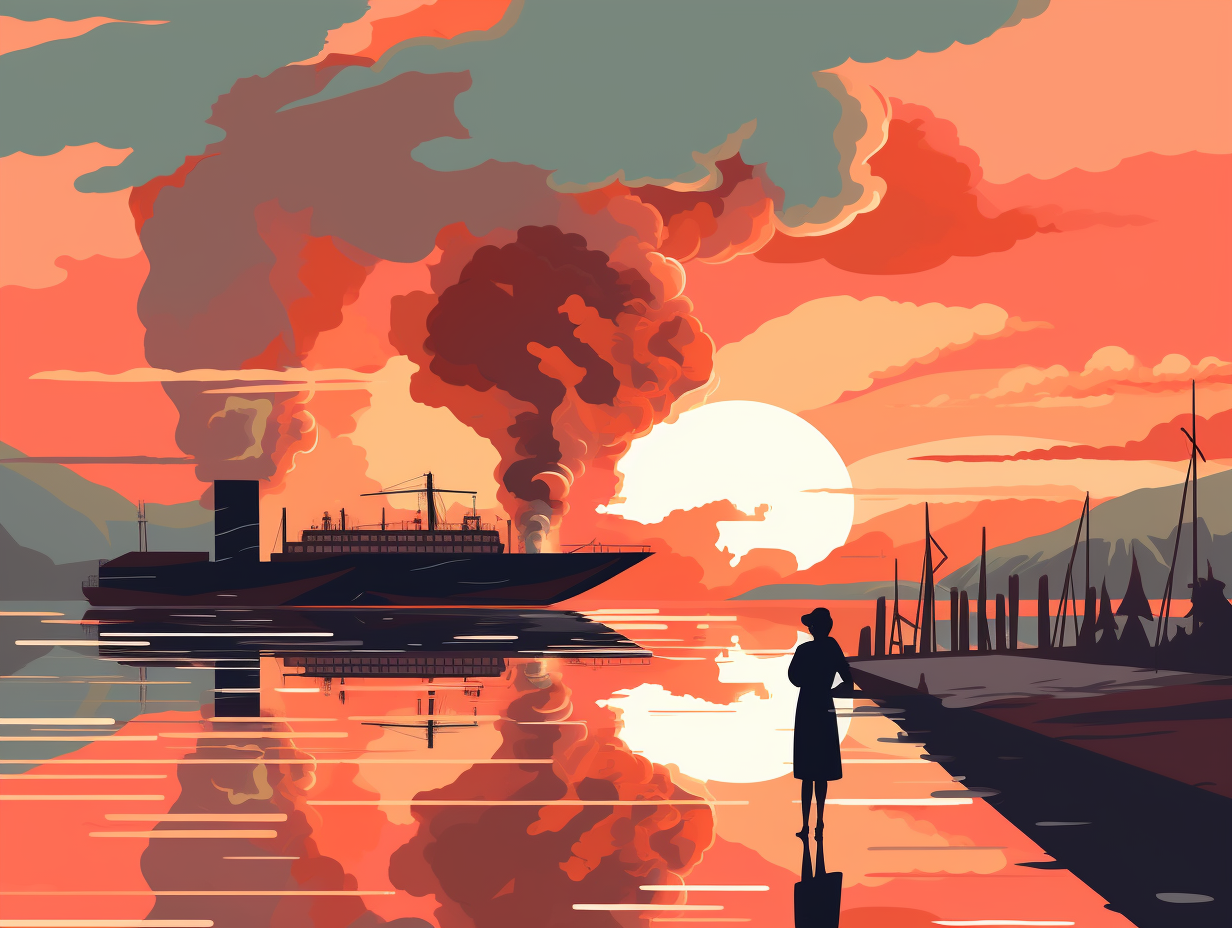Discover the Permian Period: 12 Fascinating Fun Facts You Never Knew!
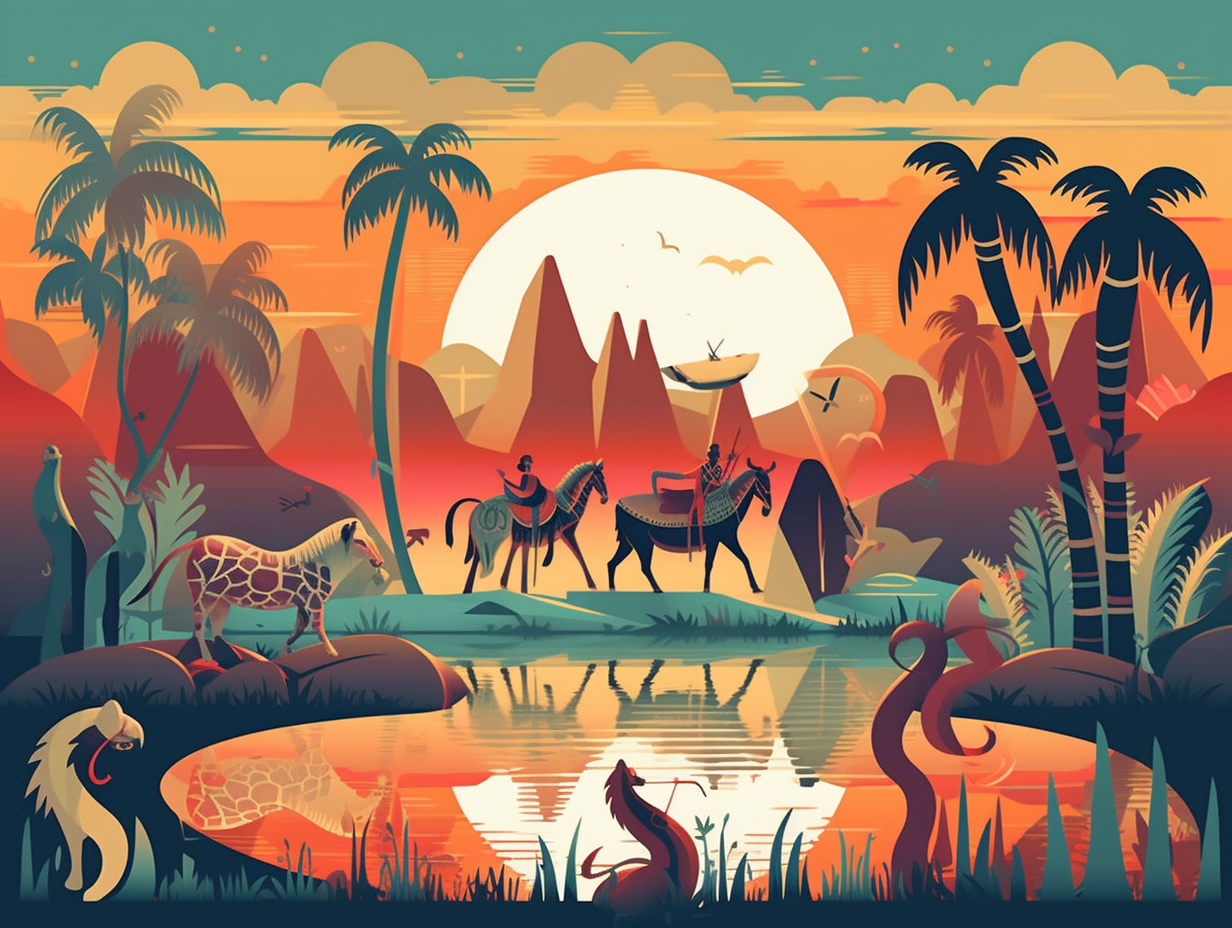
1. The M. Night Shyamalan Permian Plot Twist
In a shocking twist that even M. Night Shyamalan might deem too dramatic, the grand finale of the Permian performance saw our planetary cast taking a massive, species-wide bow: The Great Dying wiped out nearly 90% of Earth's species, leaving under 5% of those in the sea and less than a third of large land animals, while also giving trees their own disappearing act, drastically reducing plant diversity in now-iconic locations like the Black Triangle in northern Czech Republic.
Source => nationalgeographic.org
2. Dr. Jekyll and Mother Nature's Lovechild
If Dr. Jekyll and Mother Nature had a baby, it'd definitely be the Permian period: a marvelous, schizophrenic era where South turned into an ice queen and North heated up like a fiesta, making reptiles the trendiest fashionistas in town. This climate-changing extravaganza let conifers and drought-hardy plants strut down nature's evolutionary runway, while our cold-blooded chums basked in the limelight, ready to leave their amphibian rivals green with envy: for the Permian period gave rise to the reptile reign, as they capitalized on the diverse conditions dominating the age of the magnificent Pangaea.
Source => nationalgeographic.com
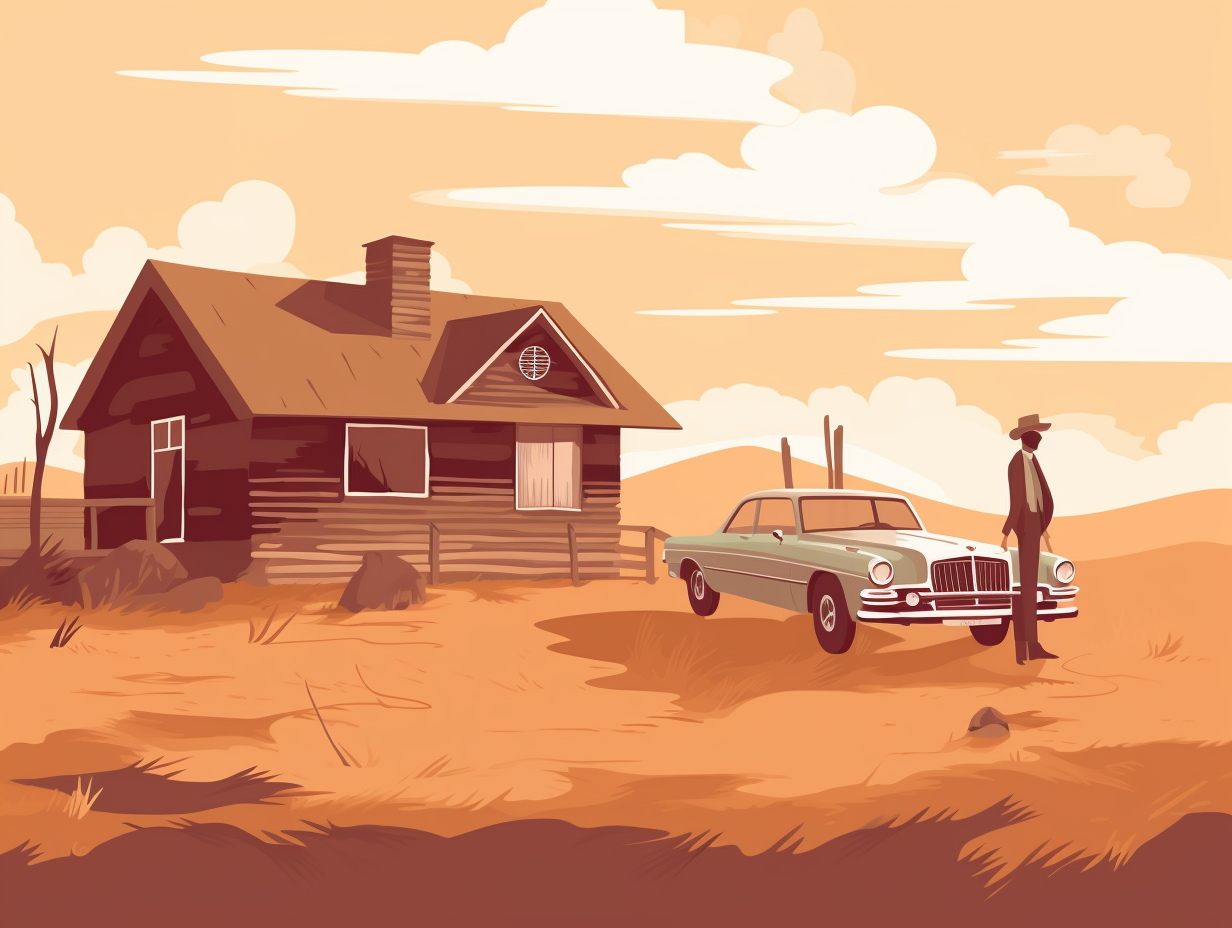
Did you know that in the 1930s, massive "black blizzard" dust storms were so huge and strong that they turned day into night? Discover how these natural phenomena darkened the sky!
=> Fun Facts about The-Dust-Bowl
3. Perm-tastic Mountains
What do the Andes Mountains and a great perm have in common? They both took ages to form and have been the subject of much fascination ever since! Permian salon for mountain lovers: Distinguished geological aficionados, it might tickle your strata to know that the Permian Period not only gave birth to the picturesque Gondwanide orogeny, which sculpted the awe-inspiring Sierra de la Ventana in South America, but also kickstarted the still-ongoing Andean orogeny responsible for the fabulous Andes Mountains. Truly a marvelous time for mountains and their admirers!
Source => en.wikipedia.org
4. From Sea World to Oil Land
Imagine if you will, a Sea World adventure that has evolved into Oil Land; a shallow sea that once provided seaside views for ancient reptiles, and now fuels 21st-century vehicles: The Zechstein Sea, that once sprawled across modern-day North Sea, Britain, and the north European plain during the Permian period, blessed the land beneath with rich deposits of halite, anhydrite, dolomite, and shale. These geological goodies not only contribute to the North Sea Oil province but also play an essential role in underground gas storage facilities across England, Germany, and France. Talk about a sea-sational twist of fate!
Source => en.wikipedia.org
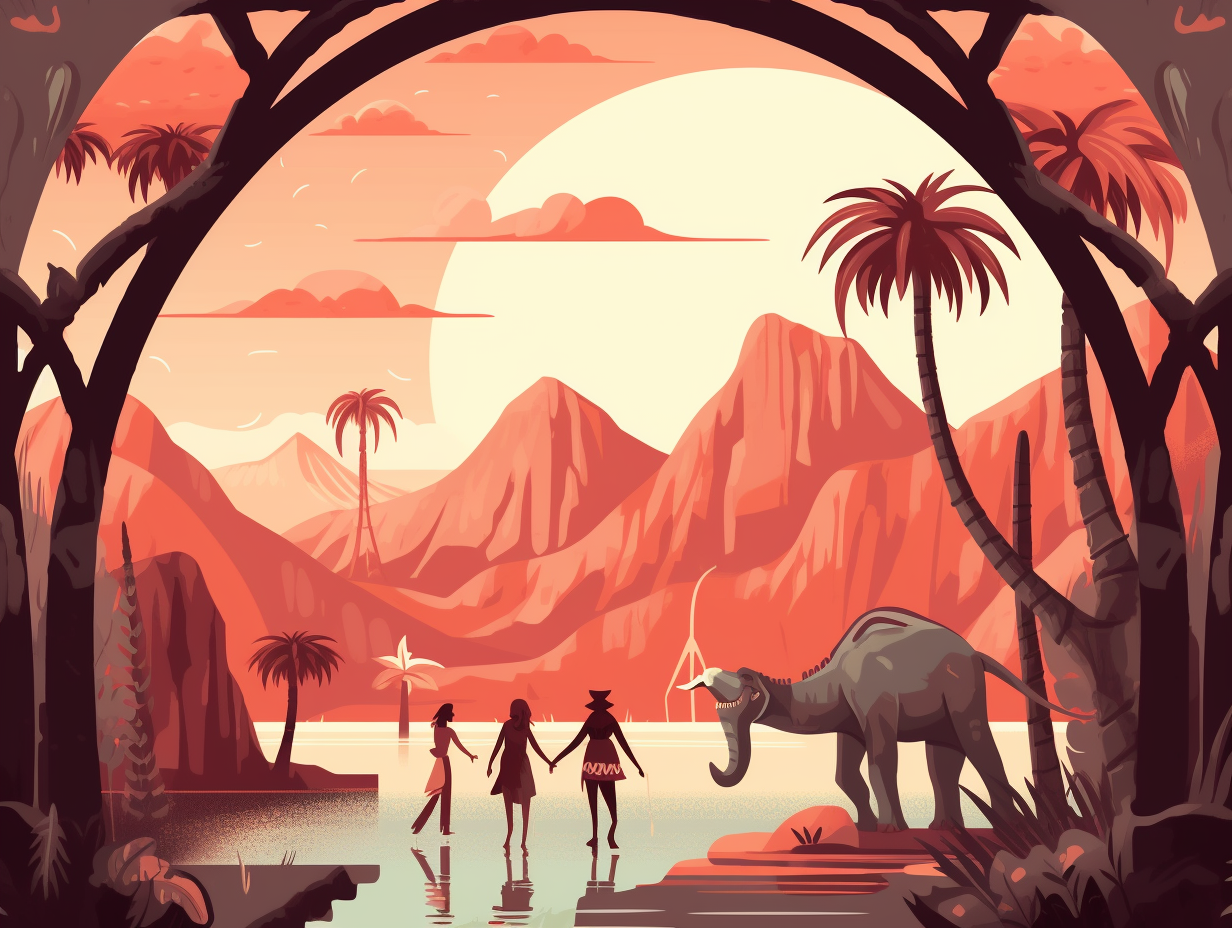
5. Earth's Epic Campout: Pangaea
Once upon a pole-to-pole road trip, Mother Earth hitched all her continents together for an epic campout called Pangaea: A massive supercontinent surrounded by a single world ocean, Panthalassa, it turned the innards of Pangaea into a dry party-zone with rollercoaster temperatures, ultimately reshaping life in the Permian Period like a climate-chasing Darwinian disco.
Source => pbs.org
6. Gorgonopsians: Saber-toothed Reign
Before Gorgos had tacos, the Permian period had Gorgonopsians: saber-toothed therapsids that rose to the top of the food chain after the Capitanian mass extinction wiped out dinocephalians and some large therocephalians. Sporting their impressive canine dentures, gorgonopsians enjoyed slashing and stabbing their way through various-sized prey until their own curtain call at the end of the Permian period.
Source => en.wikipedia.org
7. Volcanic Rockstars: The Siberian Traps
If the Permian period were a party, the Siberian Traps would be the volcanic rockstars causing a basaltic ruckus: Over the years to decades, their effusive eruptions – rather than explosive – spewed out vast flows of basaltic rock to form immense, sprawling "flood basalts" so colossal, they make your playlist seem puny, with single flow fields covering more than 2000 cubic km.
Source => le.ac.uk
8. Dimetrodon's Dentistry Evolution
Dimetrodon: the shark-toothed granddad of dentistry? It turns out that these pre-dinosaur creatures had a smile worth sinking their teeth into – quite literally: During the Permian Period, Dimetrodon species such as D. grandis evolved teeth with denticle serrations similar to sharks and theropod dinosaurs, perfect for tearing through flesh. And to ensure these pearly whites had the longevity to keep up with their increasingly dangerous prey, the thickness and mass of their teeth were carefully adapted.
Source => en.wikipedia.org
9. Mother Nature's Rainforest Jenga
When Mother Nature plays Jenga with her rainforests: the Permian Period witnessed the Carboniferous Rainforest Collapse wiping out a multitude of plants and animals, leading not to a seed fern takeover, but instead offering the stage for tree ferns to thrive in their fragmented habitat islands, diversifying spectacularly into unique species in each secluded pocket.
Source => encyclopedia.pub
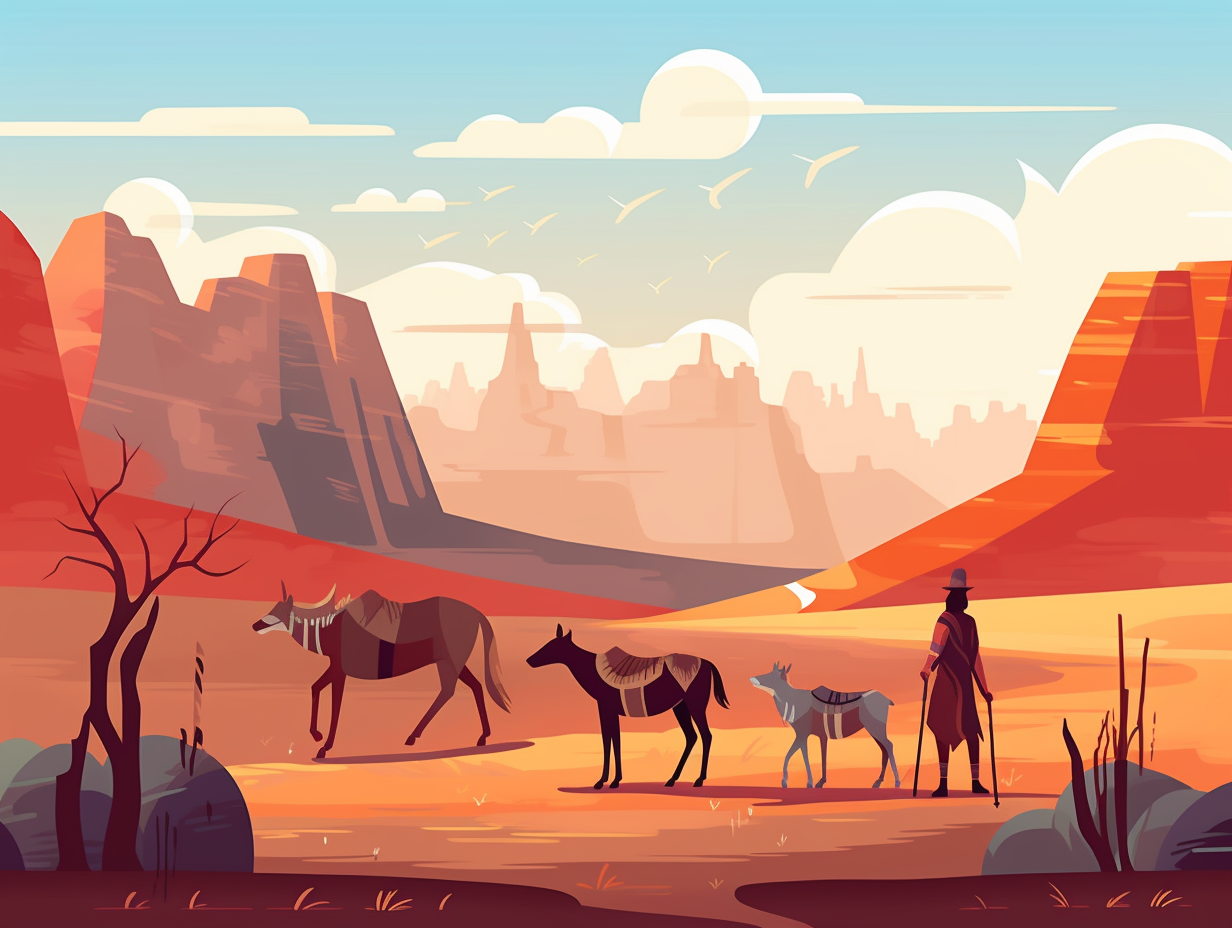
10. Panthalassa's Exclusive Ocean Shindig
Before the world enjoyed pool parties and tropical resorts, the Earth had its own climatic shindig with Panthalassa as the exclusive, all-encompassing ocean venue: During the Permian period, Earth's climate was warmer due to this massive ocean, whose slow and simple currents were later disrupted by Pangea breaking into Gondwana and Laurasia, giving birth to the tropical Tethys Sea.
Source => britannica.com
11. Chad's Ice Age Shuffle
Once upon an icy time, Chad was a chill place to be—literally! Picture wintery wonderlands and a whole continent doing the Ice Age shuffle: In the Early Carboniferous Period, there was a massive ice sheet covering more than 6,000 square kilometers in what is now northern Chad, as part of the supercontinent Gondwana, which flowed northward into the sea due to tectonic activity and changes in climate.
Source => historyoftheearthcalendar.blogspot.com
12. Inostrancevia: Saber-toothed Party Crashers
Talk about a jaw-dropping road trip: These saber-toothed globetrotters, known to us as Inostrancevia, traveled a whopping 7,000 miles across the prehistoric supercontinent Pangaea, all to crash a party in an ecosystem missing its top predators – and then vanished like a true hit-and-run party crasher! Talk about dedication, huh?**: During the Permian period, Inostrancevia made this incredible migration to fill an ecological void, showcasing the adaptability and resilience of prehistoric animals in a time marked by significant climate change and mass extinction events.
Source => sciencedaily.com
Related Fun Facts



